

Lake Wildwood Association is excited to introduce its newest outdoor escape—Shaw Creek Park & Trail. This scenic addition to our community offers a peaceful retreat where members can immerse themselves in nature, enjoy light hiking trails, and take in the tranquil surroundings of this beautifully repurposed area.
Once known as the 319 Grant Area, this space has been transformed into a multi-use recreational area featuring winding trails that follow the picturesque Shaw Creek. Whether you're looking for a leisurely walk, an energizing hike, or a quiet place to reflect, the park offers something for everyone.
Shaw Creek Park & Trail is just the beginning of an expanding effort to provide more outdoor experiences for our members. Whether you're looking to explore the trails, enjoy a peaceful afternoon picnic, or embrace the winter fun on the sledding hill, this new amenity is sure to become a favorite destination within our community.
The Clean Water Act Section 319(h)
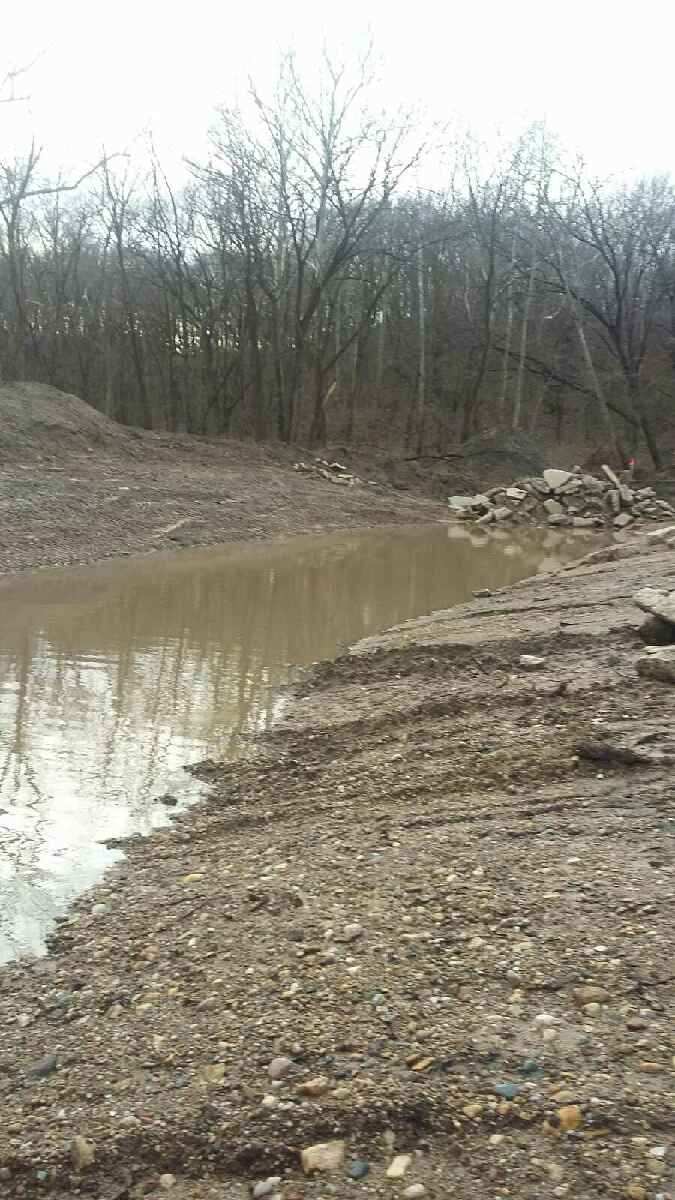
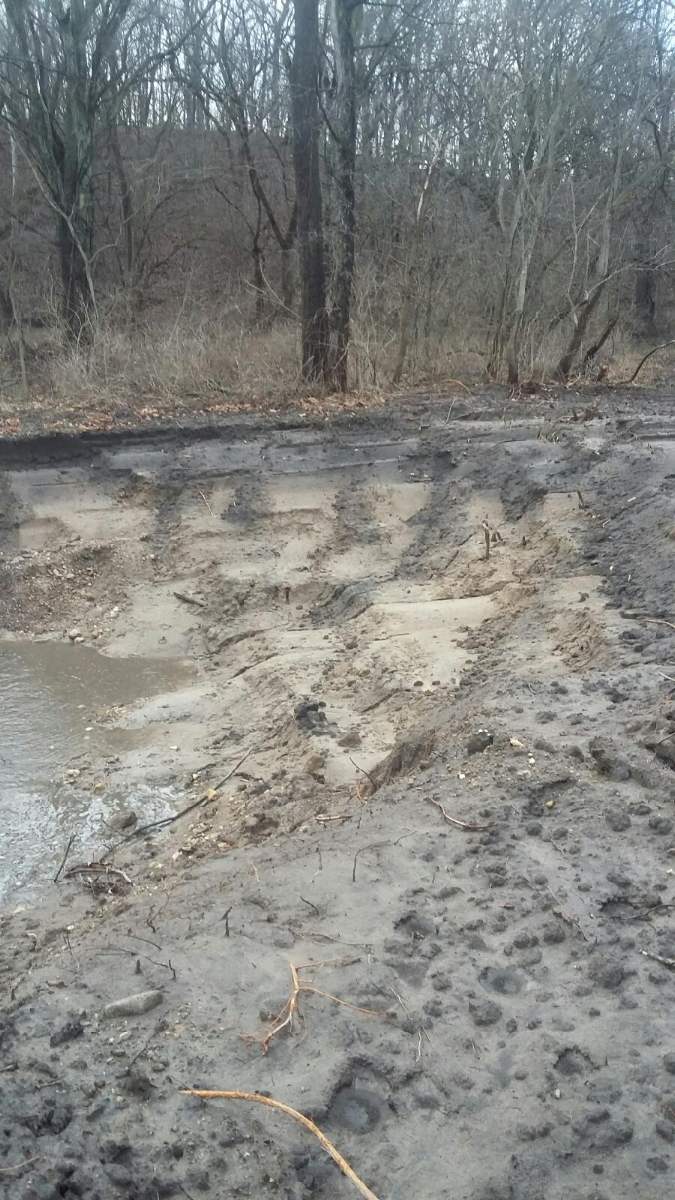
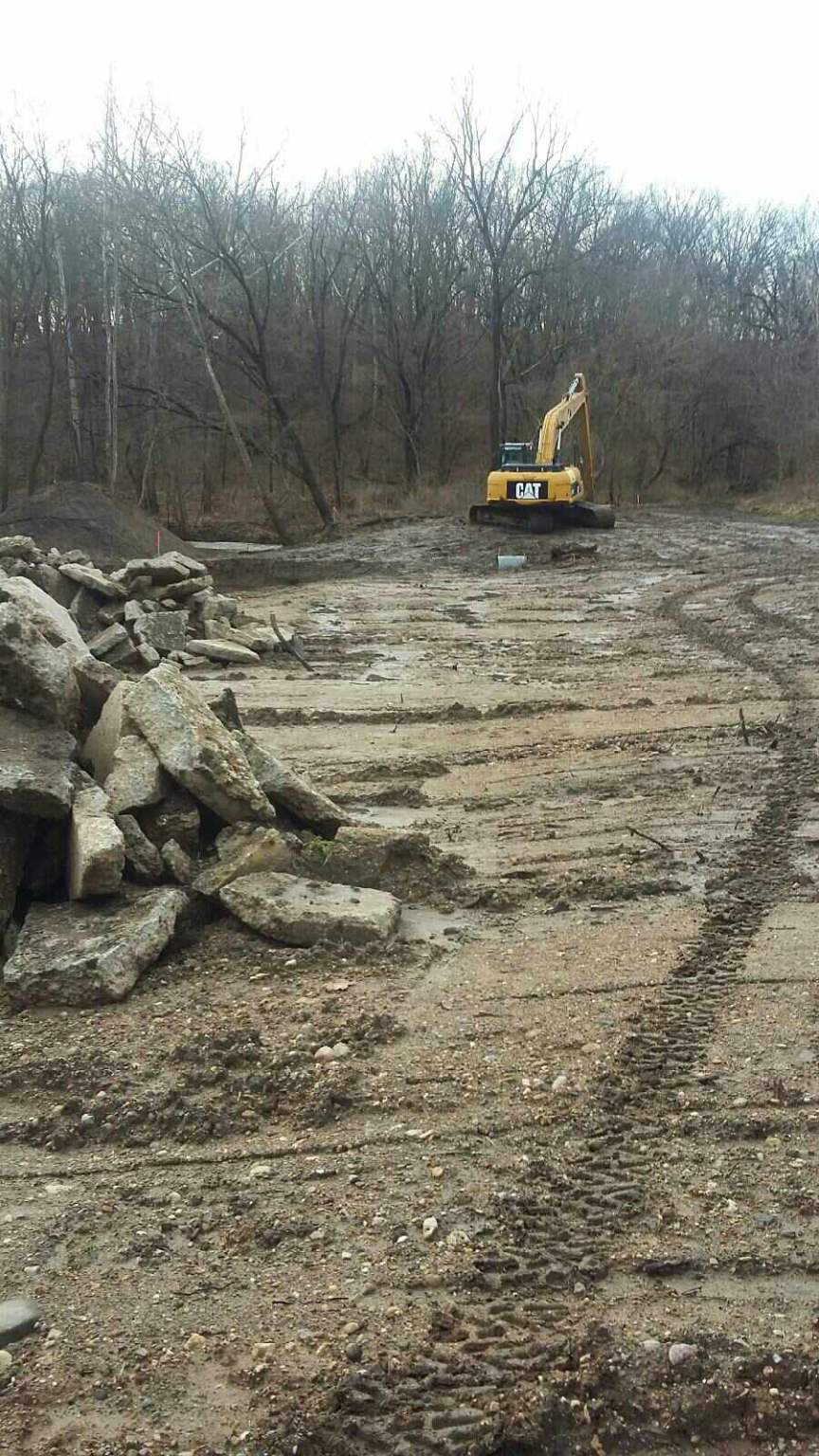
The 319 Grant was awarded to Lake Wildwood Association in 2012 to help reduce the sediment loads through the 'Lake Wildwood Stream and Floodplain Restoration Project'.
The project stabilized approximately 1,200 linear feet of severely eroded streambanks along Shaw Creek, including a collapsing bank over 40 feet high. A combination of stabilization techniques was used, including stone toe protection, toewood, rootwad composite revetments, stream barbs, bank grading, and native riparian vegetation.
Due to the incised channel, the design reduced shear stress along the threatened bank by adjusting the thalweg and shifting the area of maximum velocity away from the near bank region. Additionally, the project enhanced aquatic habitat by creating variable flows and scour pools. Similar techniques had been successfully implemented in June 2011 for a previously eroded section of the streambank.
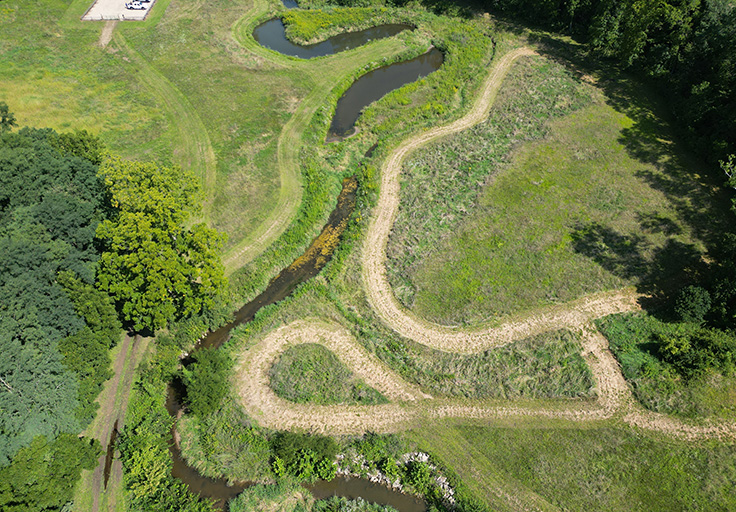
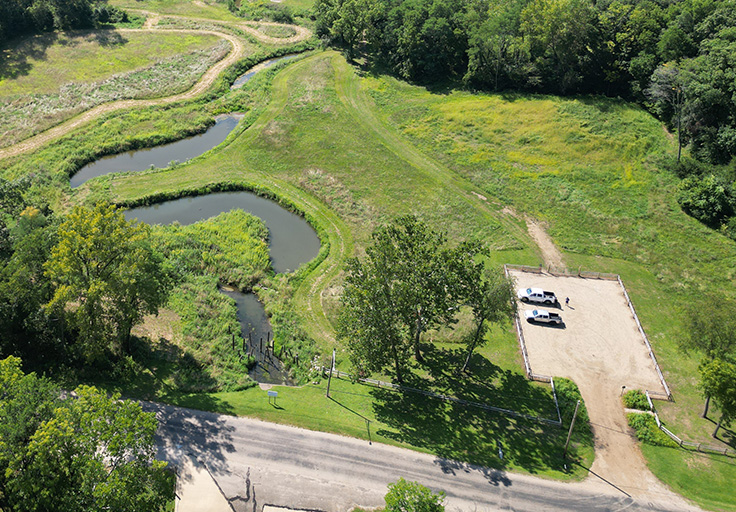
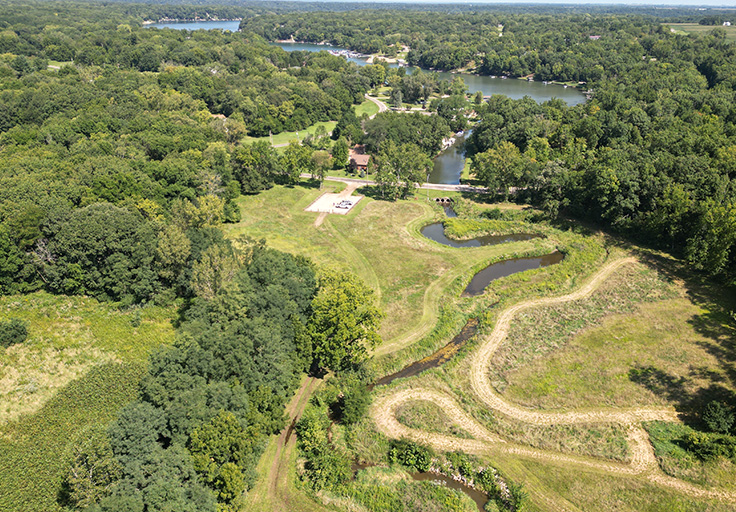
Phase One Includes:
• Expanded and refined parking lot.
• Multiple-route trails.
• Wildflower garden of Illinois.
• Stepping stones across the creek.
Future Expansion Includes:
• A sledding hill.
• Covered picnic area alongside the creek.
• Overlook seating.
• Expanded trails.
Planted and maintained by the volunteers of the Common Properties and Amenities committee.
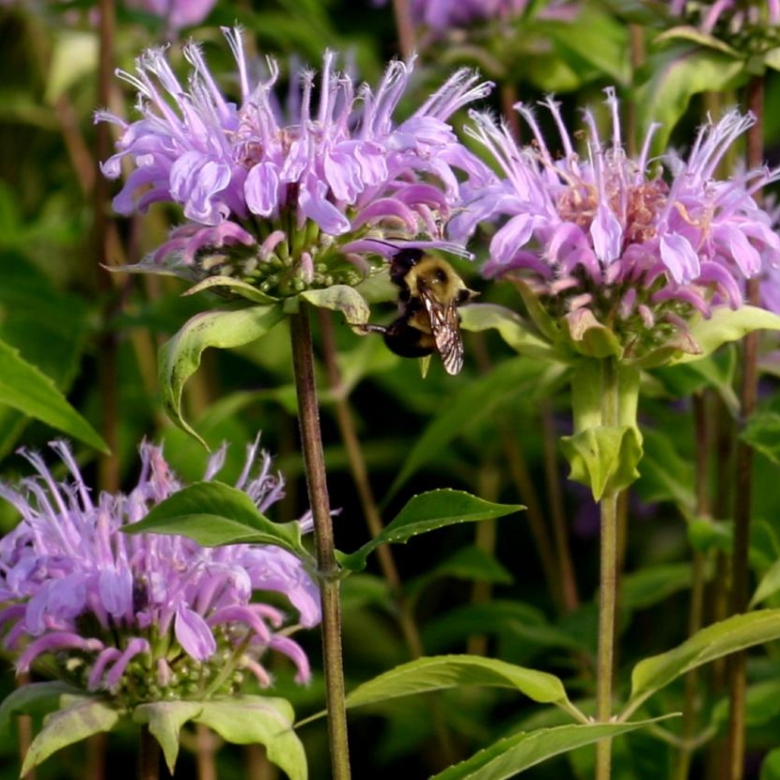
Wild Bergamot
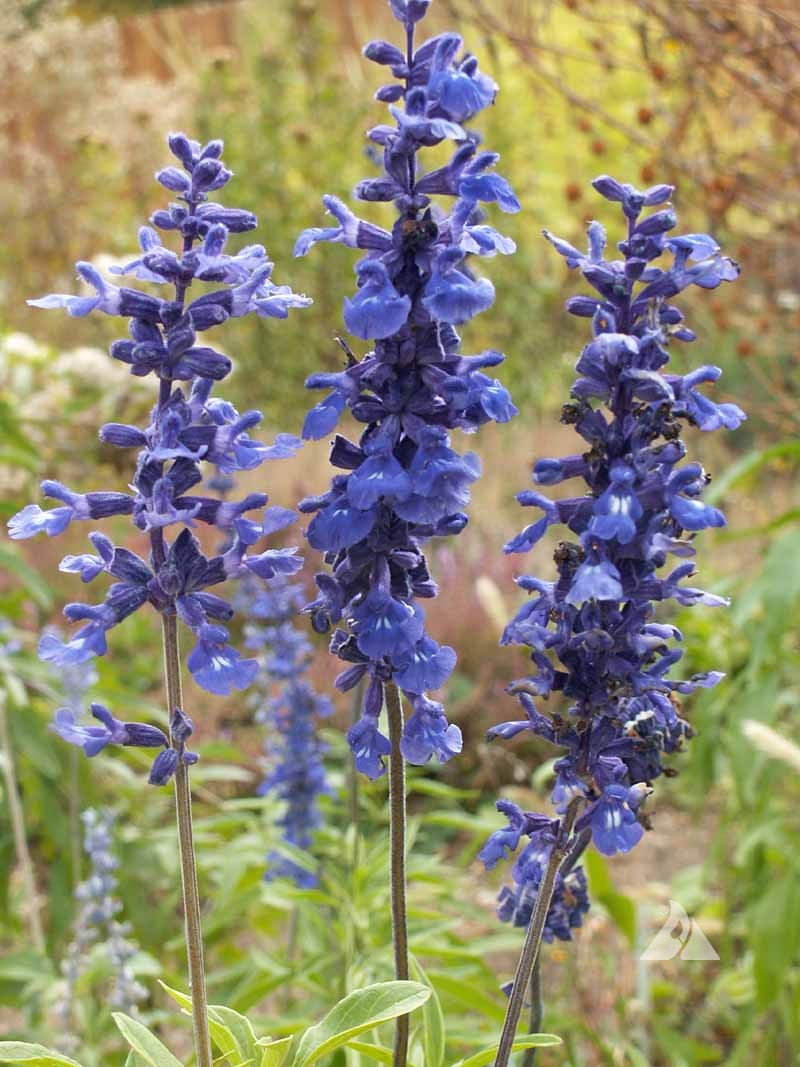
Blue Sage
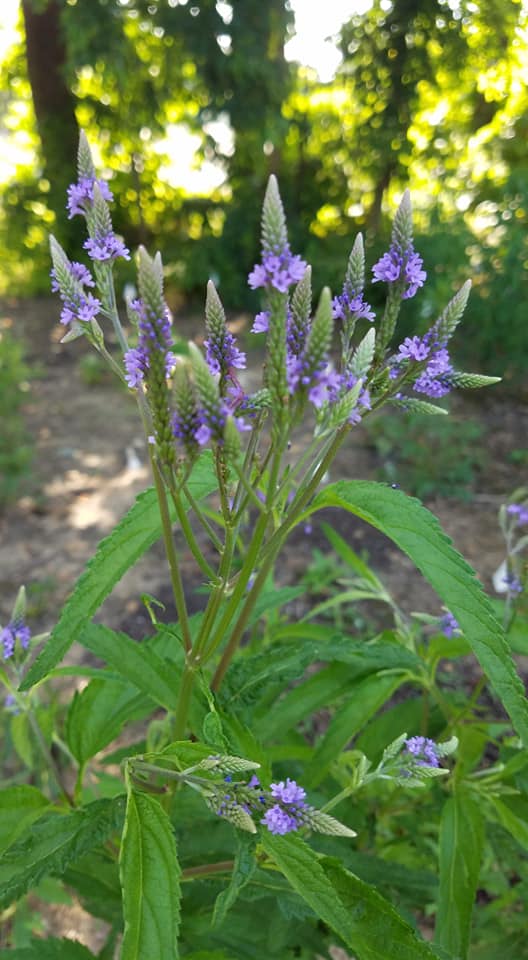
Blue Vervain
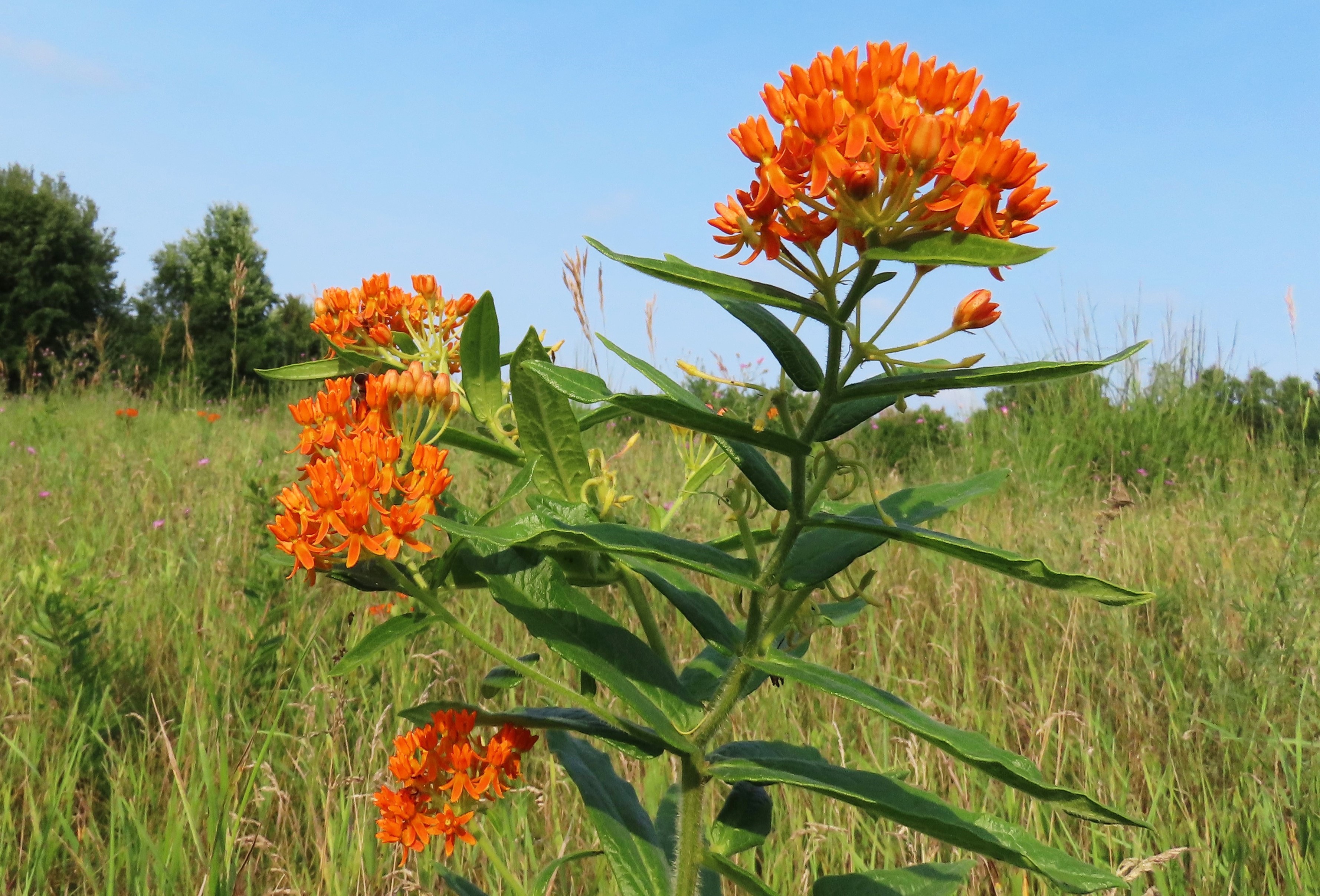
Butterfly Weed
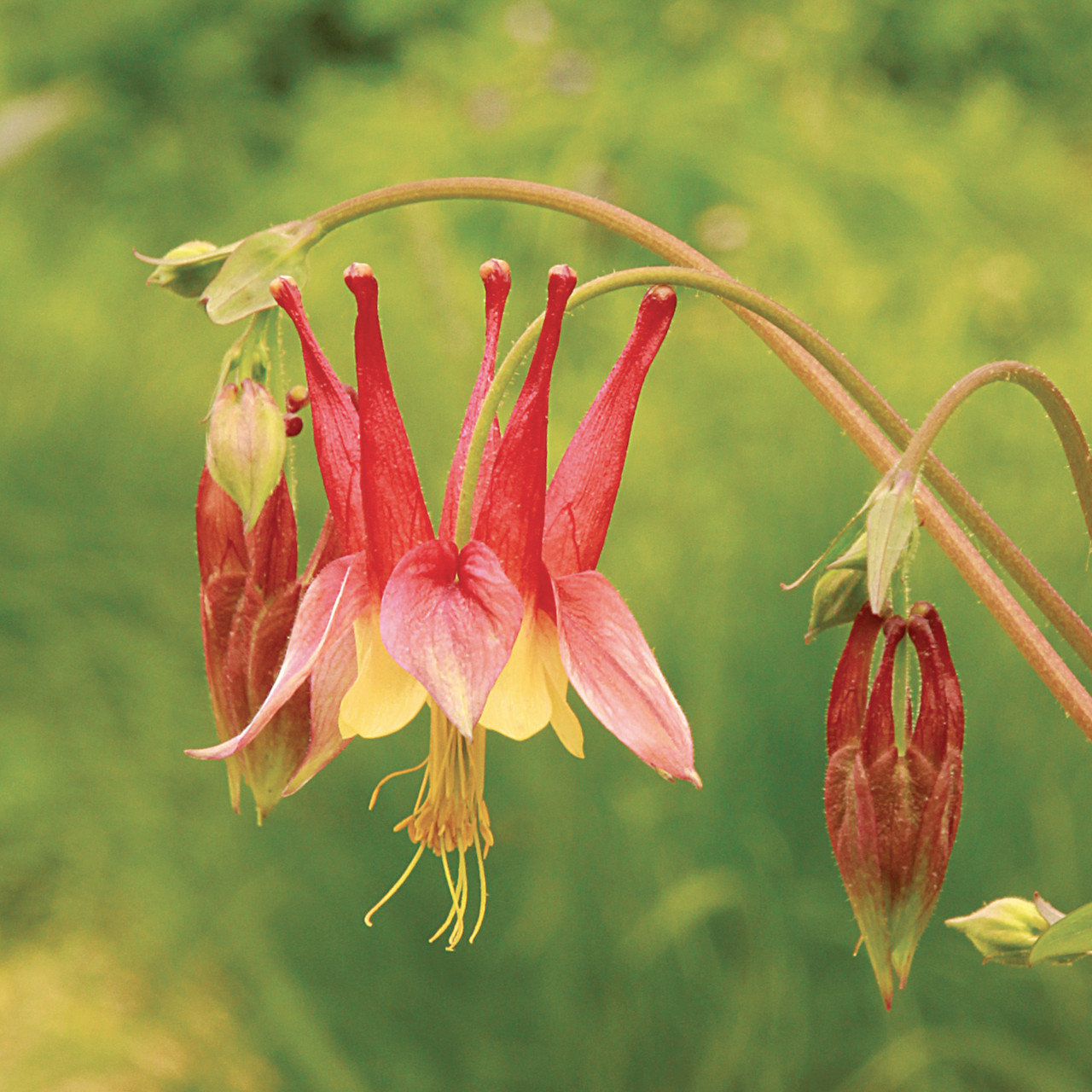
Columbine
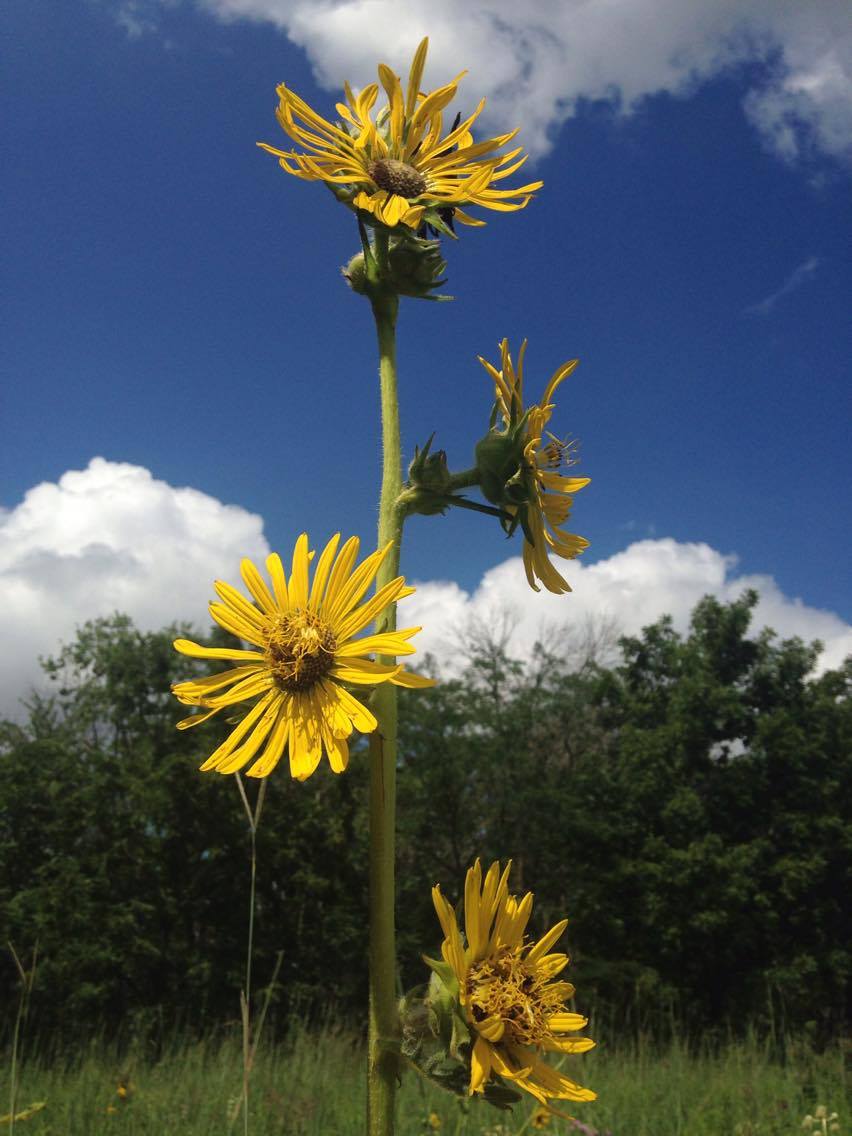
Compass Plant
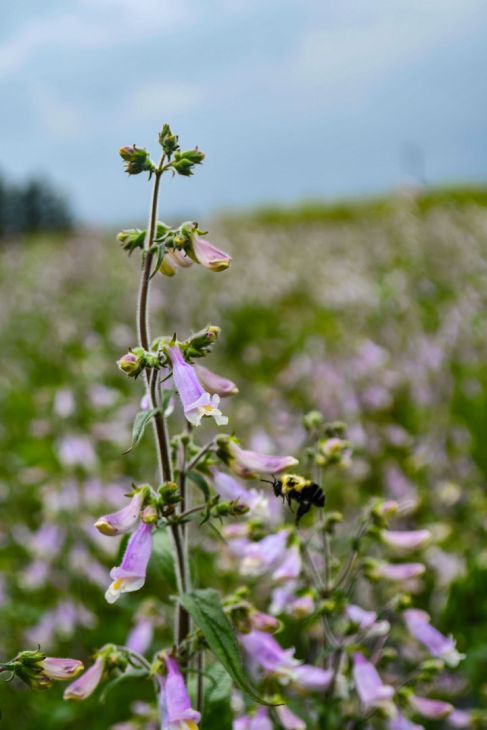
Hairy Beardtongue
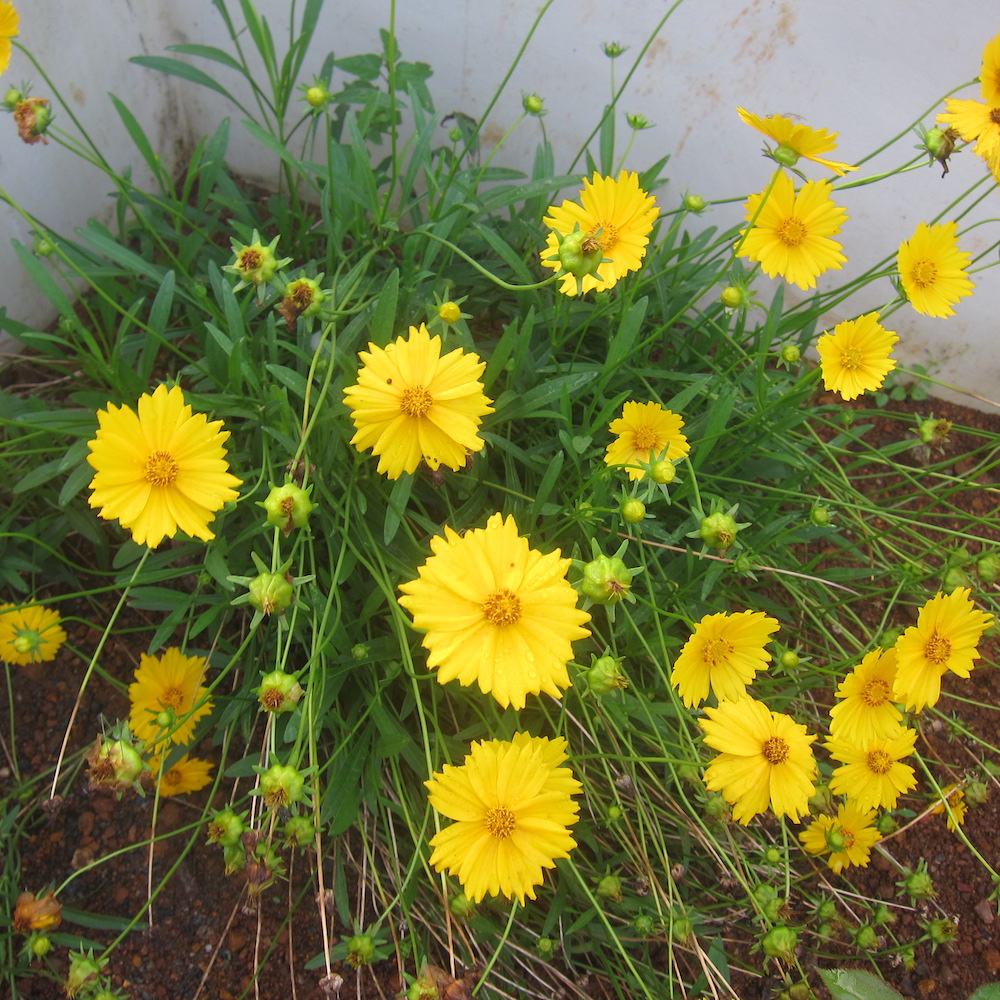
Lance-leaf Coreopsis
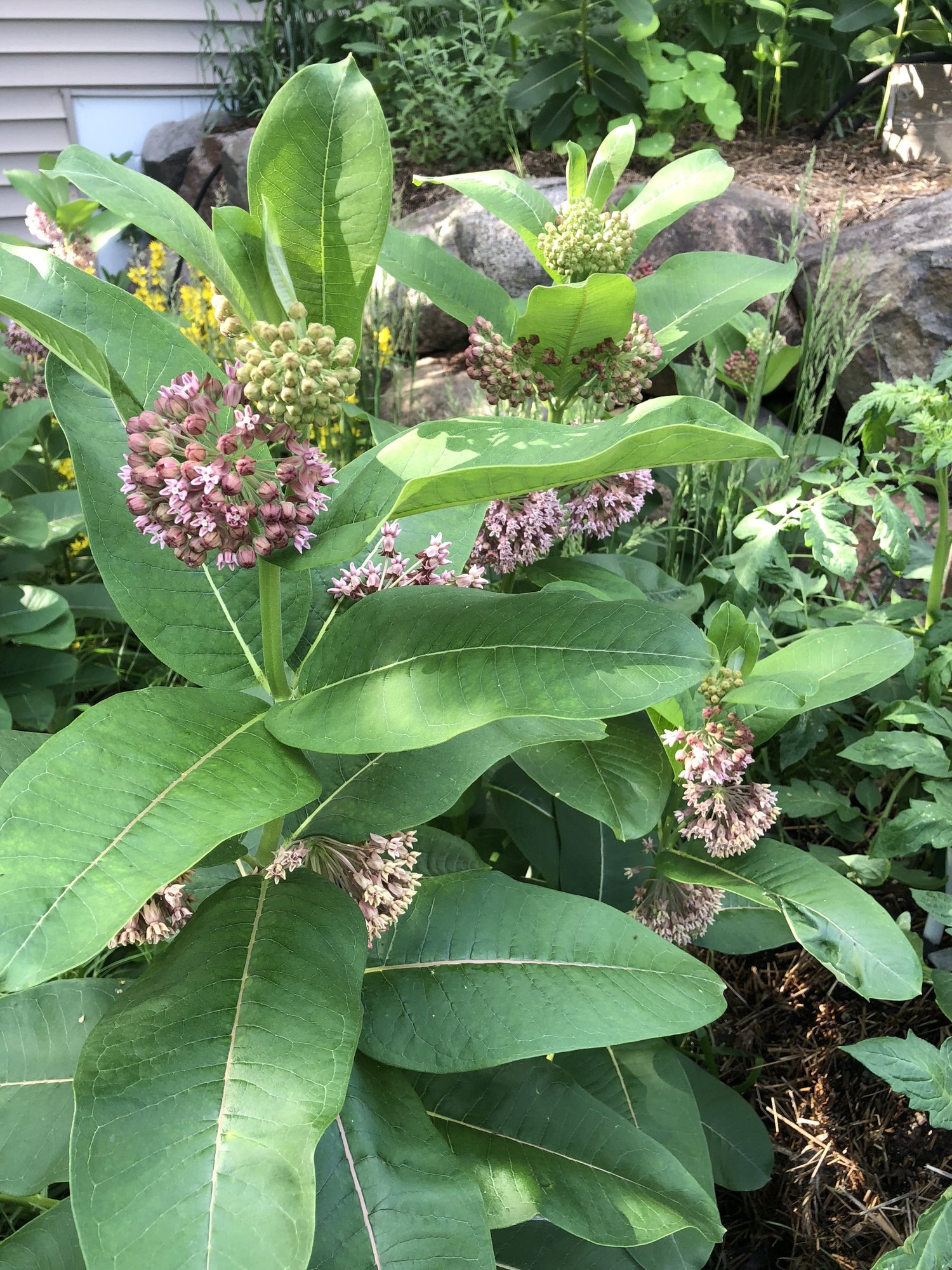
Common Milkweed
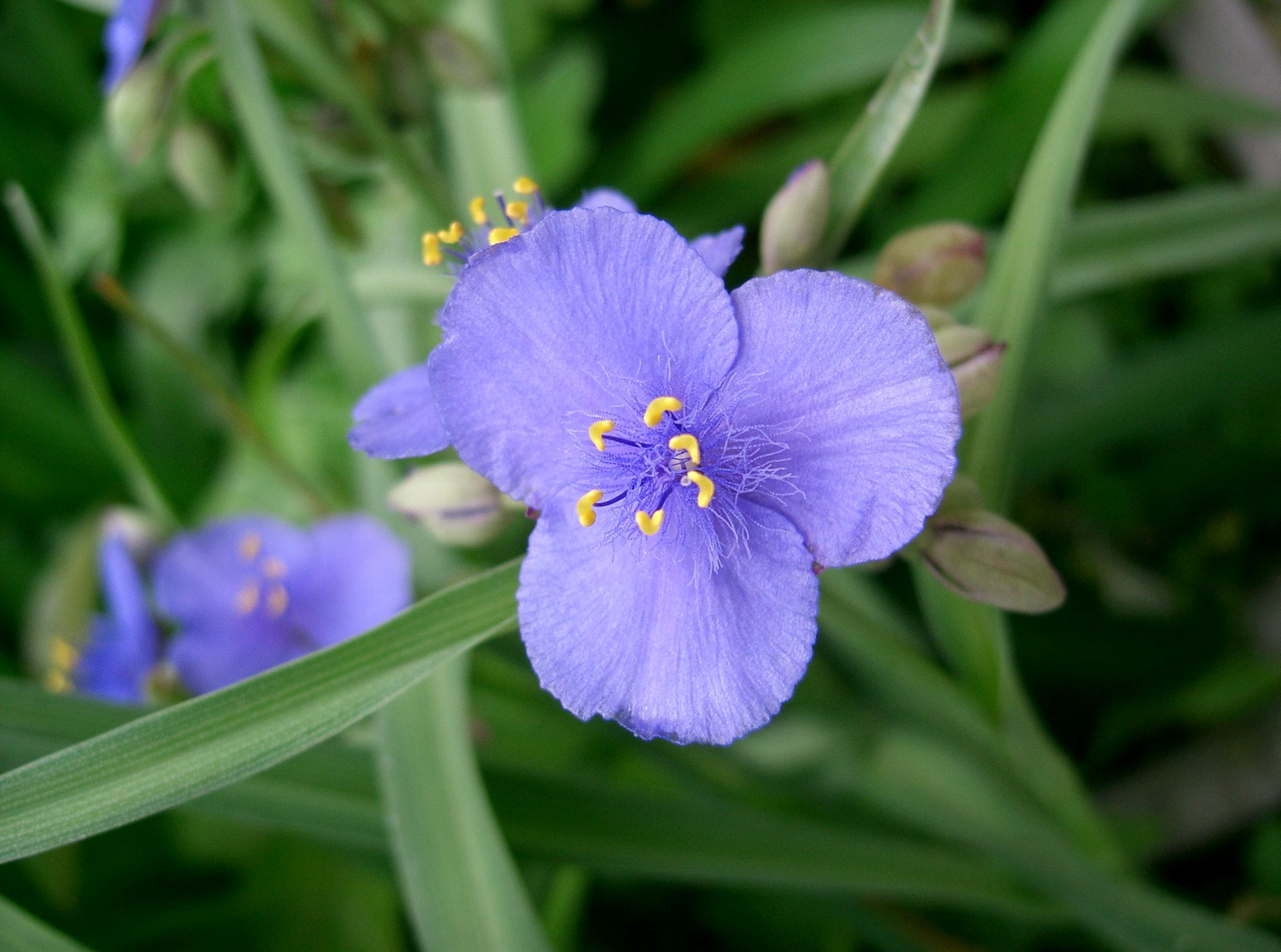
Ohio Spiderwort
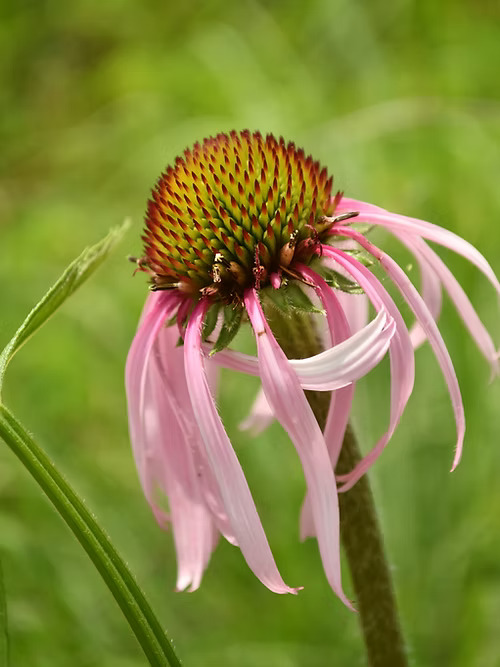
Pale Purple Coneflower
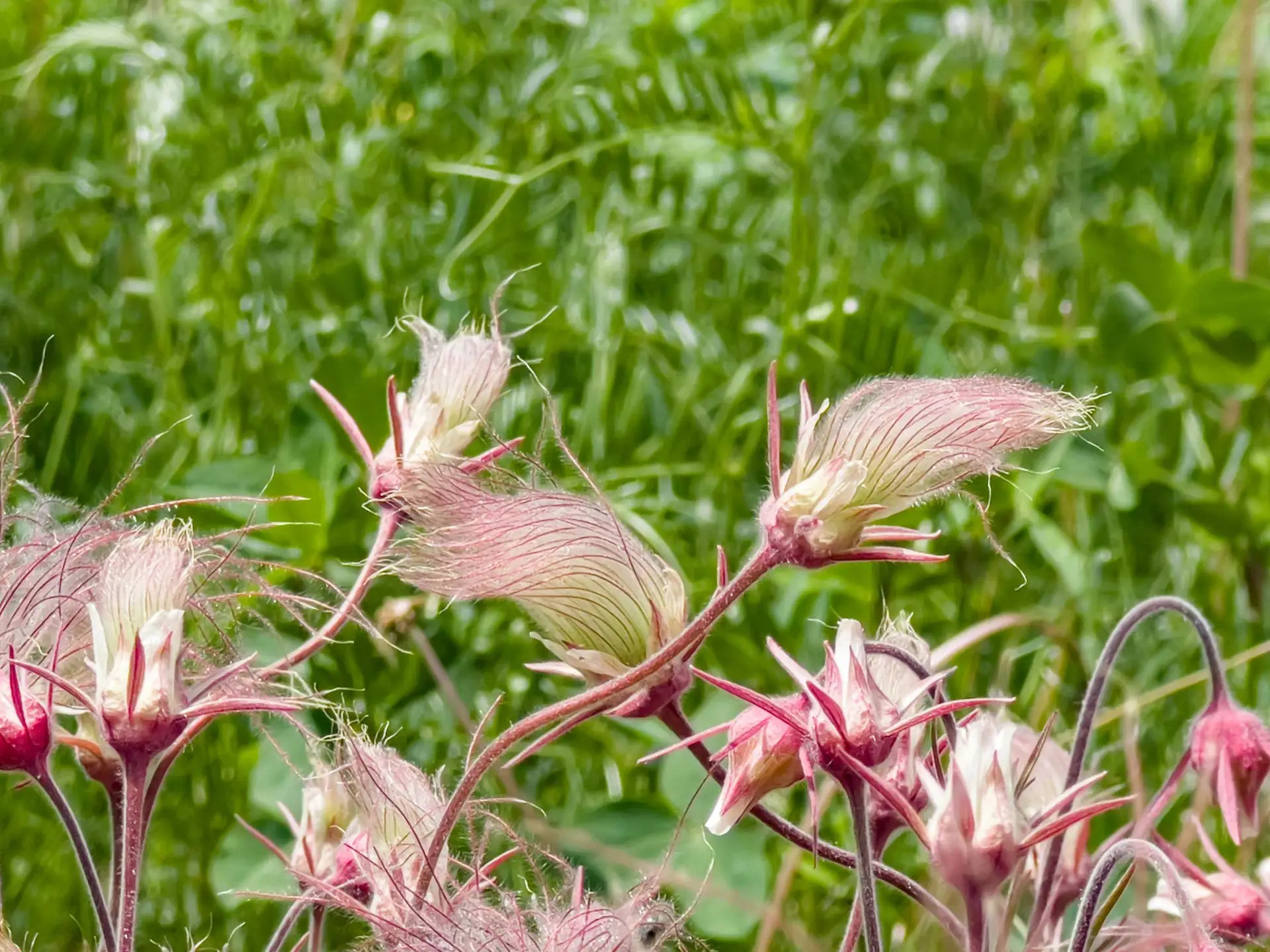
Prairie Smoke
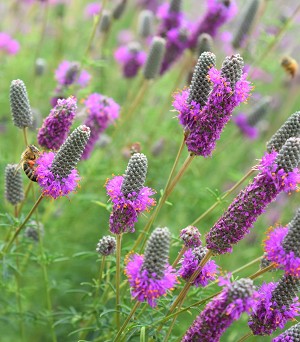
Purple Prairie Clover
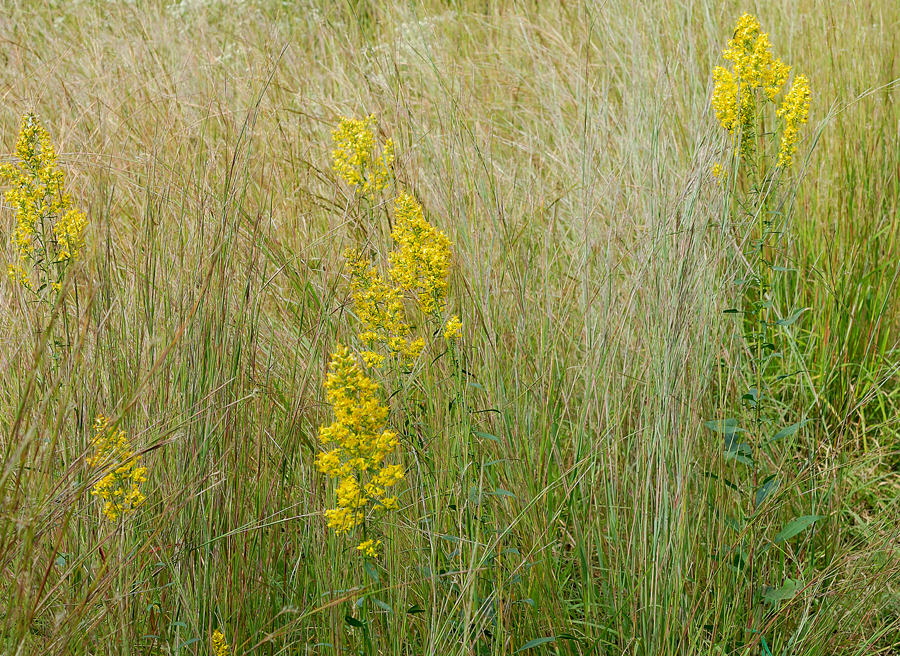
Showy Goldenrod
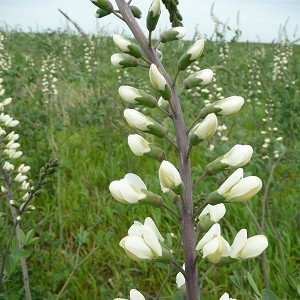
White Wild Indigo